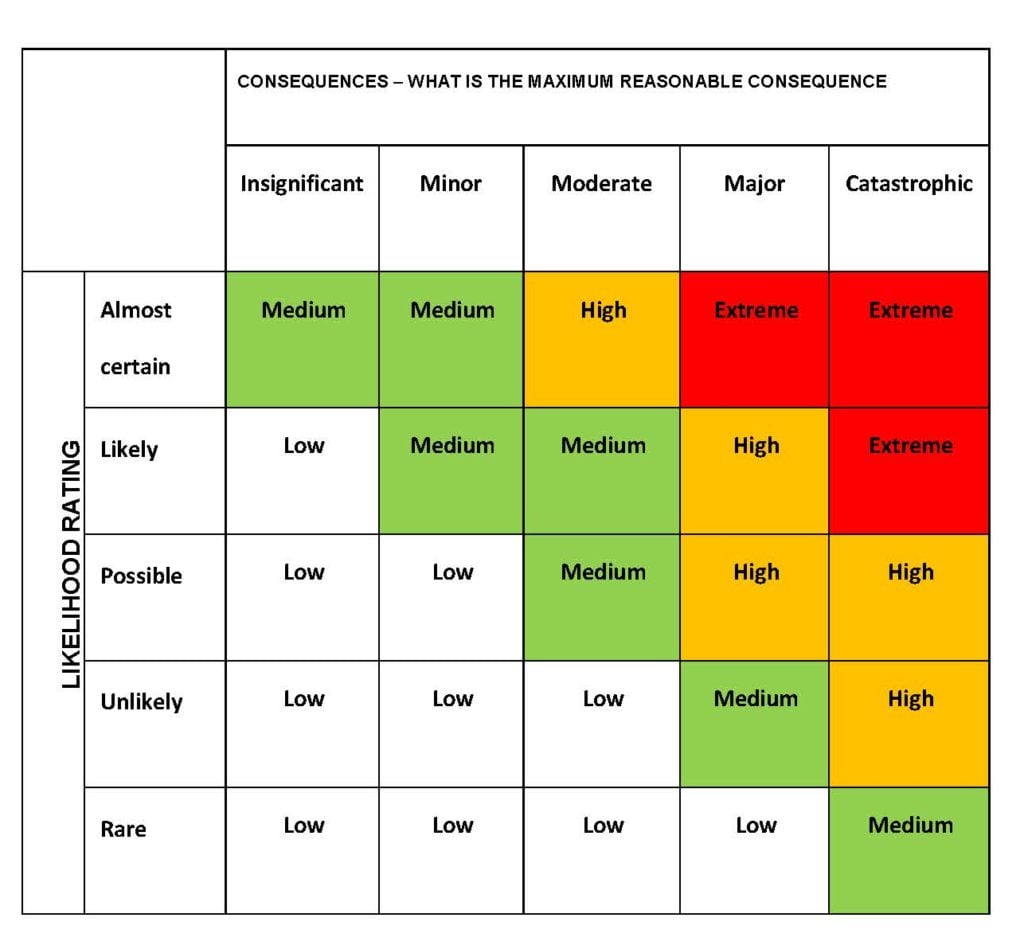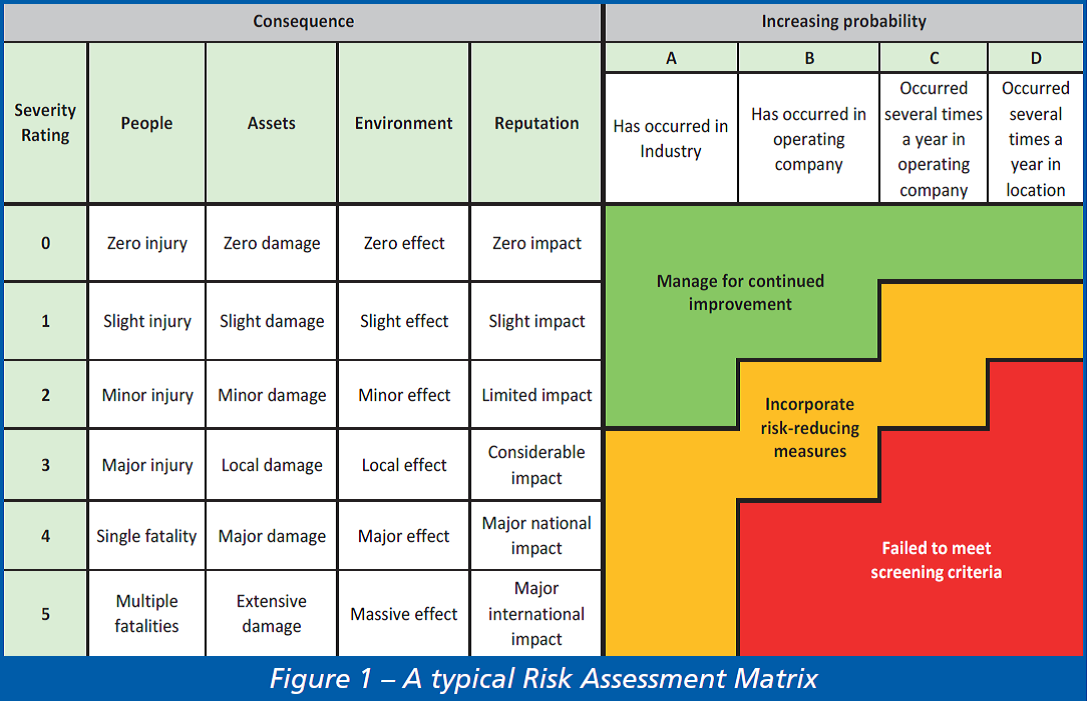
Risk Assessment Methods Using Impact and Probability The table shows the ranking in both a relative and numerical manner and a description of the ranking is given. Table 2 show an example on how an organization can define the ranking for the likelihood of risks. This can be done using scores, percentages and frequencies defined by the organizations dependent on the relative description. It is also possible to describe the probability in a numerical manner. When discussing probability in a qualitative manner, terms such as frequent, possible, rare etc. The likelihood can be expressed in both a qualitative and quantitative manner. Risk probability, or likelihood, is the possibility of a risk event occurring. The ranking in table 1 is both relative, from very low to very high, and numerical, giving numerical values based on the specific project. The possible impacts on each objective is described and given a ranking. Table 1 shows how the impact can be defined for various objectives. One risk event can affect more than one objective, so the impact of all the possible objectives effected must be considered.

Dependent on the objective, the scales are given a description of what the impact entails. Typically, the impacts are described relatively as very low, low, moderate, high and very high, but often also defined using numerical scales. The Impact scale can vary, but the most common scale is the five-point scale.

These project objectives are cost, schedule, quality, scope, health, safety, etc. The impact of risk events on different project objectives can be defined in both a qualitative and quantitative manner. These impacts can be both beneficial or harmful to the objectives. Impacts are often defined as the consequences, or effects of a risk event on the project objectives. Quality reduction requires sponsor approval Other factors, such as the response time-frame and the tolerance should be taken into account when analyzing and categorizing the risks. In the analysis stage, the risks identified during the Risk Identification Process can be prioritized from the determined probability and impact of the risk event, using qualitative or quantitative methods. In risk analysis, risk can be defined as a function of impact and probability. The first being identification of risks, second analysis (assessment), then the risk response and finally the risk monitoring. 4.1.1 Risk Probability and Impact Assessment.4 Risk Assessment Methods Using Impact and Probability.All these methods, though beneficial for management, have their limitations and drawbacks. There are other, quantitative methods for analyzing risks, such as Sensitivity analysis, Expected Monetary Value analysis and Monte Carlo Simulations. The Impact and Probability Matrix is a simple and easily understood method of prioritizing risks and allocating resources. These are often referred to as Impact and Probability Matrix and can take both qualitative and numerical values. A commonly used method for risk assessment is preparing descriptive scales to rank risk in terms of probability and impact.

There are various aspects of the project that can be affected by a risk event, such as cost, safety, operation, quality, etc. By combining the probability and impact, the Level of Risk can be determined. The probability is the likelihood of an event occurring and the consequences, to which extent the project is affected by an event, are the impacts of risk. In risk analysis, risk is traditionally defined as a function of probability and impact. Initially, qualitative methods are used to examine, categorize and determine the main risk events identified, which are relevant for a more detailed quantitative assessment. The risk analysis is a two-stage assessment process. Risk management involves identifying possible risks and analyzing their potential in order to respond to and control the projects most significant threats and opportunities. Therefore, Risk Management is an important part of any organization as proper management increases the likelihood for the success of a project.

All projects are unique and thus the associated risk varies between projects. Risks are events caused by uncertainties, which can have a positive or negative effect on the project objectives. Looking at impact versus probability is common in order to categorize and prioritize risks as some risks may have a severe impact on projects objectives but only happen on rare occasions, while other have a moderate impact but occur more frequently.Īll organizations activities involve risk. Impact and probability are the two main components of Risk analysis.


 0 kommentar(er)
0 kommentar(er)
